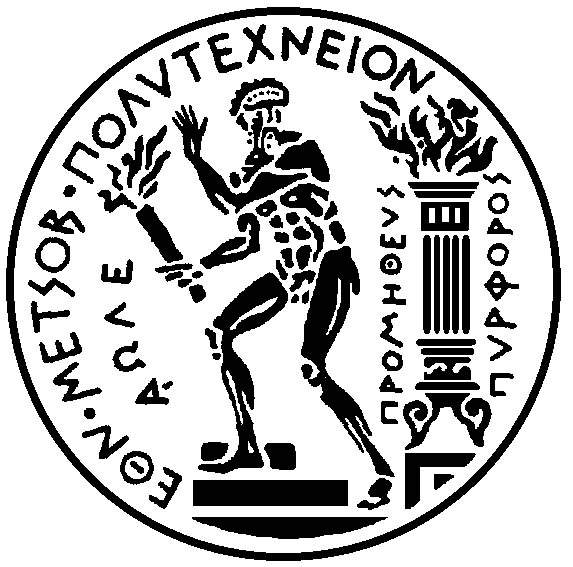Stations
National Technical University of Athens
PI: Alexandros Papayannis
Website:
http://lrsu.physics.ntua.gr
The Laser Remote Sensing Unit (LRSU) is located at the Physics Department of NTUA and belongs to the Laboratory of Laser Development and their Applications. Members of the Laboratory perform high-rated research on various topics of Environmental Sciences, such as laser remote sensing of the atmosphere, Atmospheric Physics and Air Pollution, Environmental Physics.
The LRSU has more than 28 years of expertise in the lidar technology and data processing. The areas of specialization of the group involves: aerosol and ozone monitoring by Raman lidar and DOAS techniques, laser systems development for environmental applications, design and development of lidar data processing algorithms, air pollution monitoring by in situ ground samplers, monitoring of special events (photochemical smog, forest fires, Saharan dust outbreaks etc.). Additionally, the LRSU group has a 7-years specific expertise in coordinating the European lidar network to follow special dust events (i.e. Saharan dust outbreaks over Europe , forest fires, volcanic eruptions etc.). This was successfully demonstrated during the EARLINET project.
Since 1994, the LRSU lidar team provides technical support, consulting and training to various lidar groups in Greece, Romania, France, Brazil and Poland, concerning the design and development of new lidar systems and applications in aerosol and ozone monitoring in the troposphere. The researchers involved in the proposal have been involved in more than 40 EU lidar projects within the frame of the Environment, HCM and TMR programs. Up to now, LRSU group has published more than 65 scientific papers in international journals/books and has offered 3 PhD diploma and 5 MSc theses on lidar technology and applications.

Recent activity
News
Uploaded data
- Dust forecast at Skinakas (Jul 30th)
- Dust forecast (Jul 30th)
- FLEXPART (Jul 31st)
- WRF overview (Jul 31st)
- Dust forecast at Skinakas (Jul 29th)